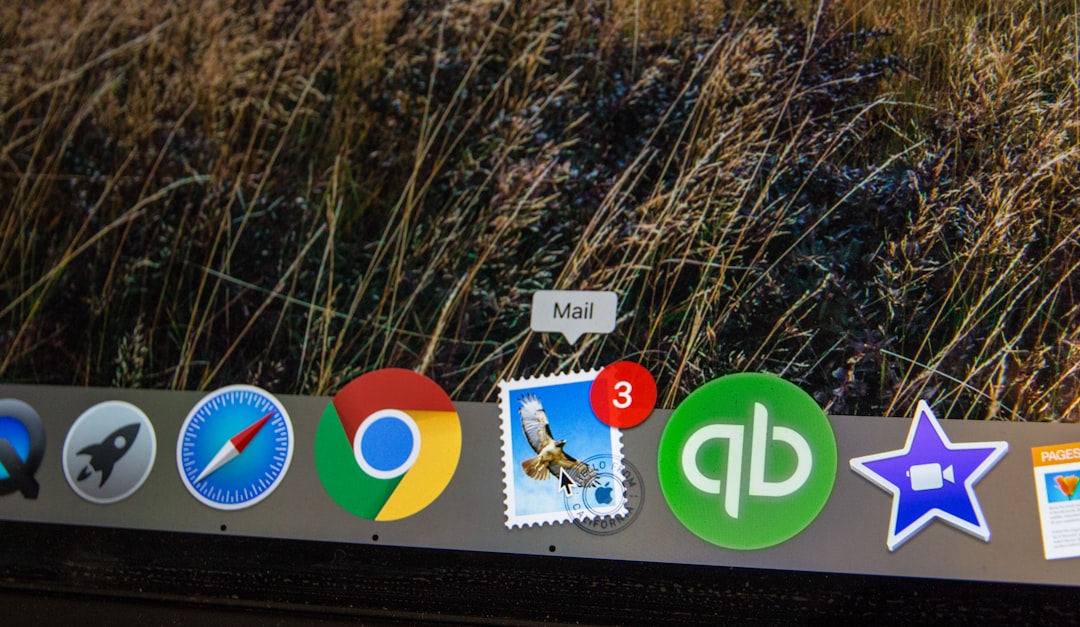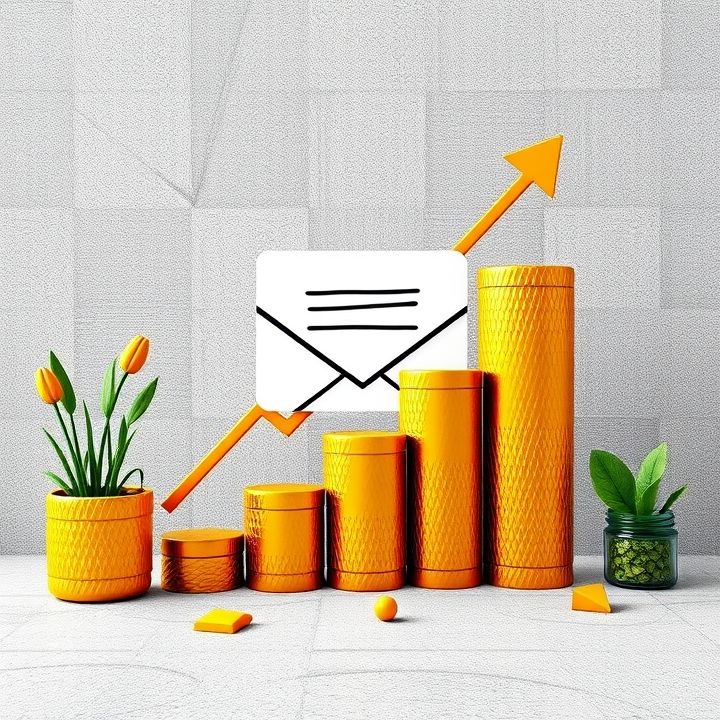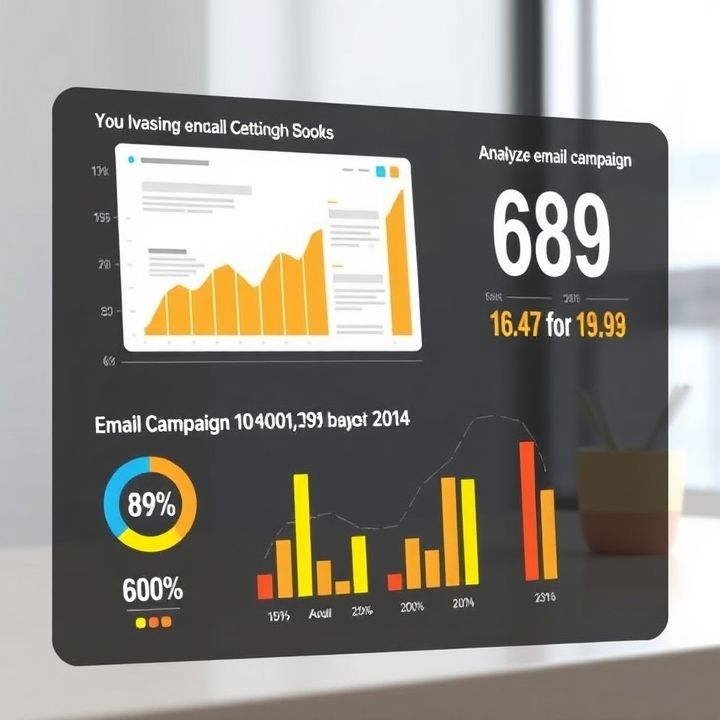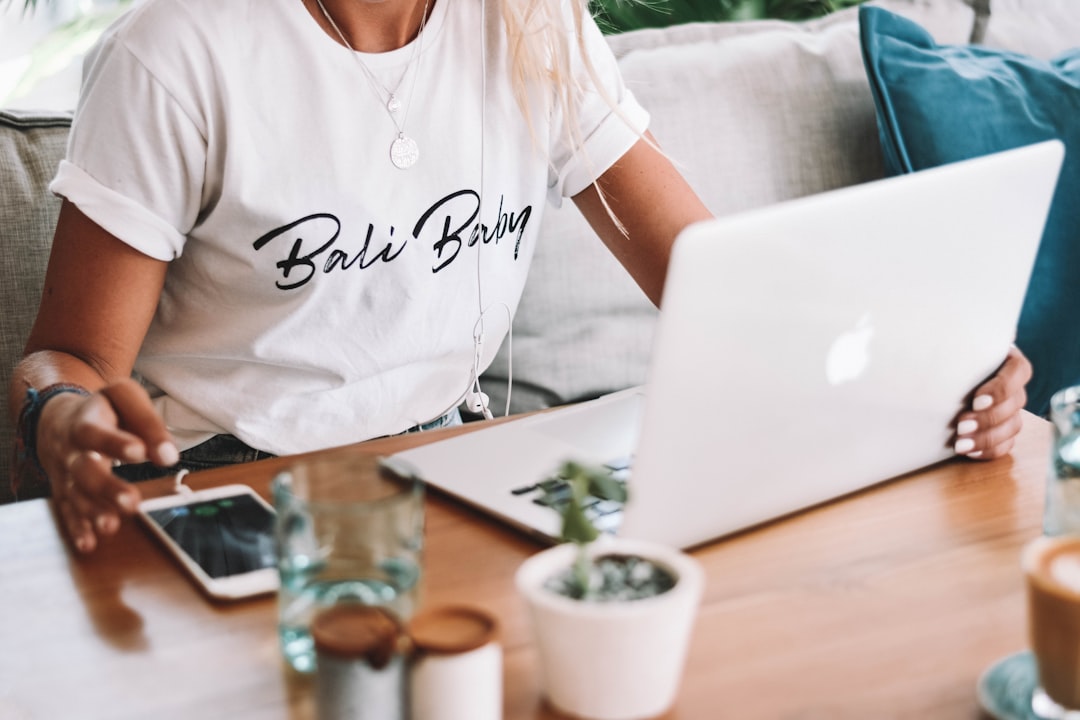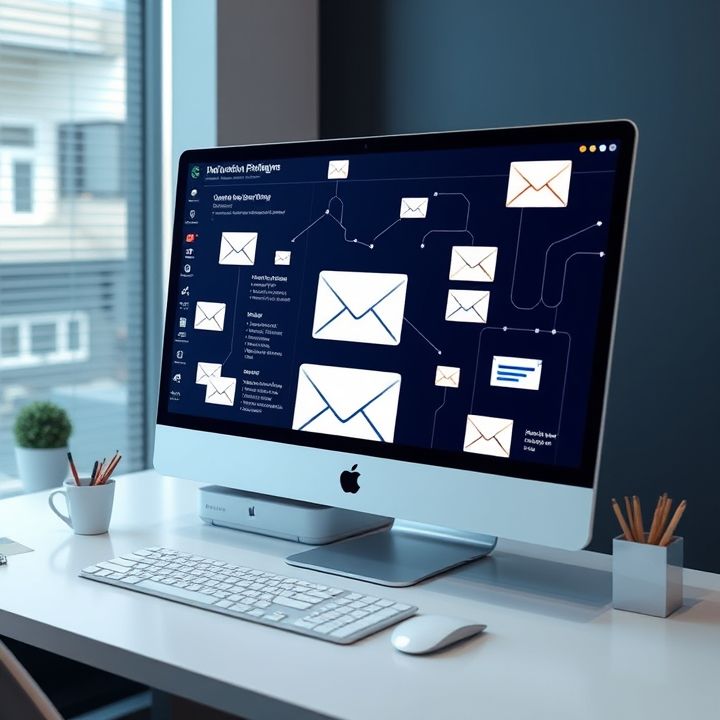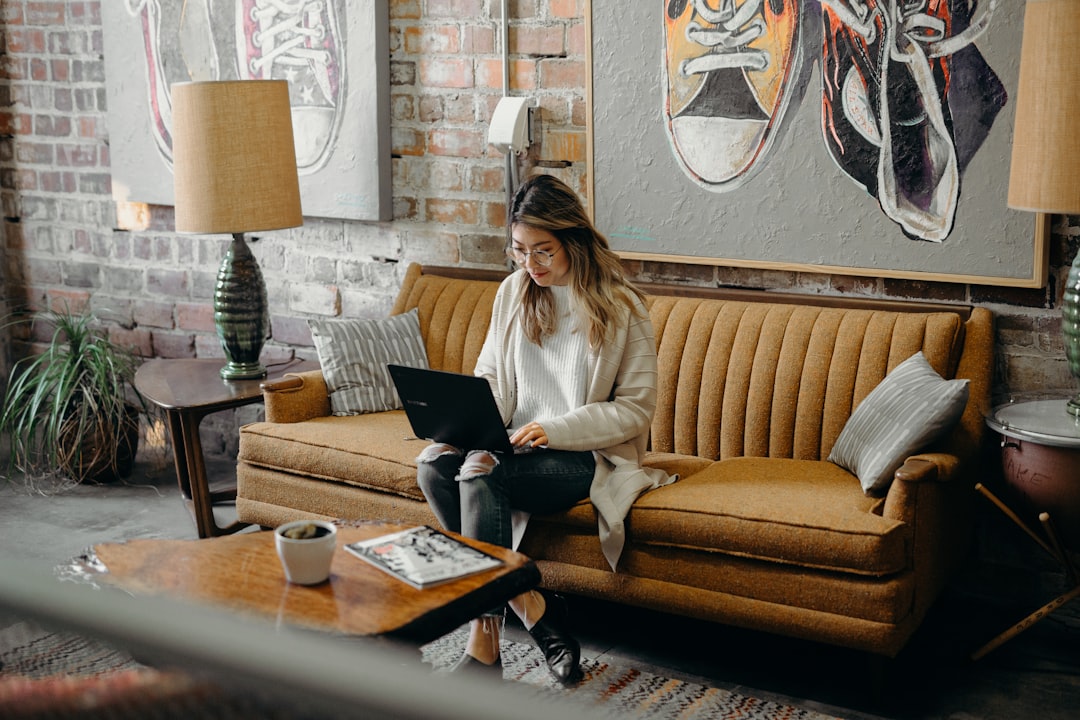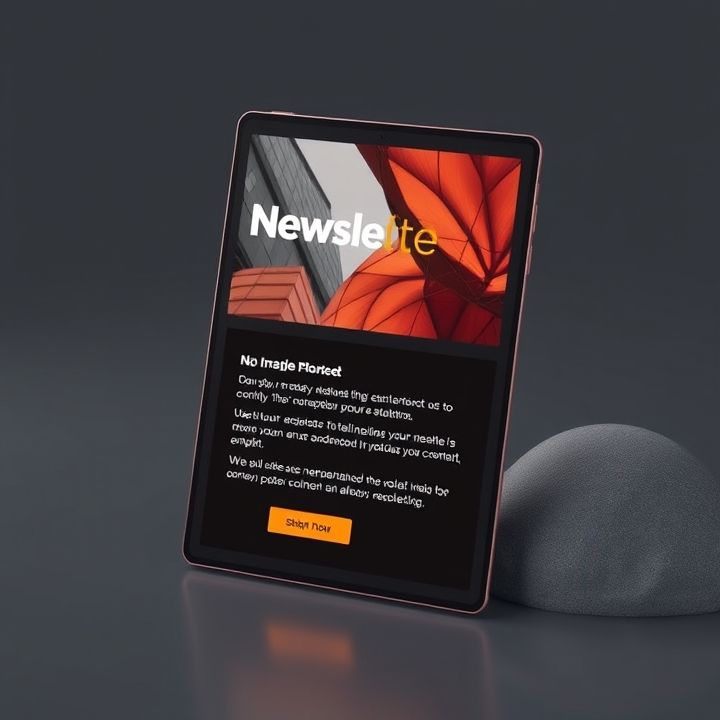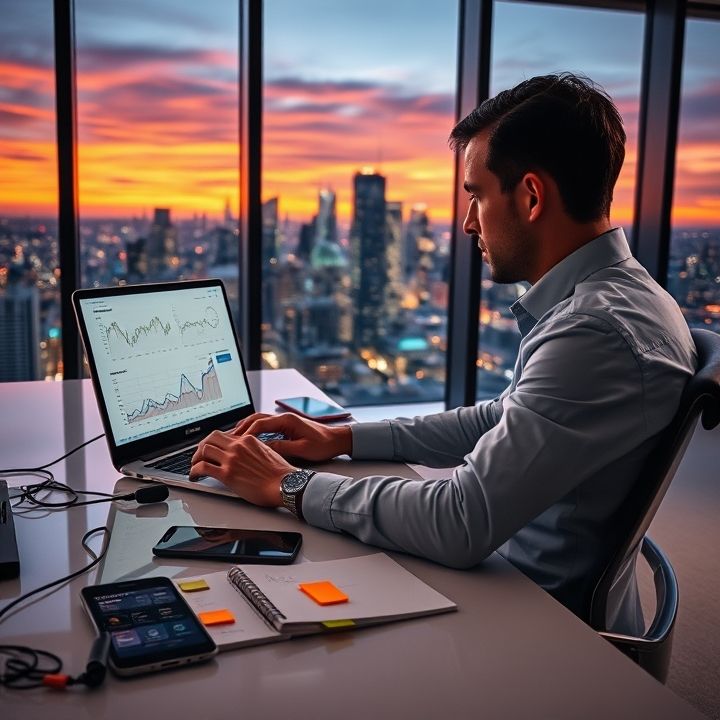Table of Contents
- Introduction
- Encouraging user-generated content to strengthen email engagement
- Crafting emails that highlight positive customer reviews
- Using customer testimonials as social proof in campaigns
- Incorporating user photos to enhance email visuals
- Feature customer stories to build community connection
- Conclusion
- Frequently Asked Questions
Introduction
In the fast-paced world of digital marketing, capturing and retaining the attention of your audience is more challenging than ever. Imagine opening an email that feels as exciting as a conversation with a friend or a post on your favorite social media platform. That’s the power of user-generated content (UGC)! Incorporating UGC into your email campaigns isn’t just innovative—it’s transformative. This article will unveil ten game-changing strategies to harness the power of UGC, turning your email marketing from mundane to must-read.
Below is a sneak peek at the amazing results you can achieve:
| Metric | Standard Campaign | With UGC |
|---|---|---|
| Open Rate | 20% | 40% |
| Click-Through Rate | 2.5% | 5.8% |
| Conversion Rate | 1.5% | 3.5% |
Intrigued? Let’s dive into the world where your audience becomes not just consumers, but creators, helping to amplify your message through the authentic voice they bring to your brand’s story.
Encouraging user-generated content to strengthen email engagement
Encouraging user-generated content (UGC) can be a powerful strategy to enhance email engagement. By incorporating authentic customer reviews and experiences, brands can create a more relatable and trustworthy image. To kickstart this process, businesses can invite customers to share their stories or feedback through creative campaigns or contests, offering incentives such as discounts or featured spots in newsletters.
By integrating this content into email campaigns, you can create personalized messages that resonate more deeply with your audience. For example, sharing testimonials about a specific product within targeted email segments can encourage others to explore or purchase. Moreover, featuring real customer photos or videos not only adds authenticity but also strengthens community ties.
It’s crucial to make the submission process straightforward to encourage maximum participation. Utilize social media platforms by creating unique hashtags, allowing users to post content that can be easily tracked and shared. Highlighting this content in your emails not only rewards loyal customers but also provides social proof, ultimately driving more engagement and conversions.
Crafting emails that highlight positive customer reviews
Crafting emails that effectively highlight positive customer reviews is a powerful strategy to enhance engagement and boost credibility. To start, select customer reviews that are not only positive but also provide specific details about the product or service. This allows potential customers to visualize the benefits and features they can expect.
When incorporating these reviews into your email, it’s important to maintain a balance between showcasing testimonials and promoting your message. Use compelling visuals, such as images of satisfied customers or your product in use, to create a more immersive experience. Ensure that the layout is clean and the text is easy to read, drawing attention to key points within the testimonials.
Additionally, consider using personalization to make the email more engaging. Address recipients by their names and suggest products based on their previous purchases or interests. This personalized touch can significantly increase open rates and click-through rates.
Finally, include a clear call-to-action that encourages recipients to explore further, whether it’s visiting your website, browsing new arrivals, or leaving a review themselves. By thoughtfully integrating customer reviews into your email campaigns, you establish trust and create an authentic connection with your audience.
Using customer testimonials as social proof in campaigns
Using customer testimonials as social proof in email campaigns can be a powerful strategy to boost credibility and build trust with your audience. In a world where consumers are influenced by the opinions and experiences of others, showcasing authentic feedback can greatly enhance your brand’s image. Including testimonials in your emails can help potential customers feel more confident in their purchase decisions. These real-life endorsements provide an assurance that others have had positive experiences with your products or services.
When integrating testimonials into your email campaigns, it’s crucial to ensure they are genuine and relevant. Select testimonials that highlight specific benefits, making sure they resonate with the interests and needs of your target audience. You can display them prominently within the email body, using visually appealing formats such as quote boxes or customer photos to capture attention.
Moreover, video testimonials can be particularly effective, as they tend to be more engaging and can convey emotions more vividly than text alone. Encourage satisfied customers to share their experiences and incentivize them to submit reviews. By leveraging the power of customer testimonials, you not only enhance the impact of your email campaigns but also foster a sense of community and loyalty among your audience.
Incorporating user photos to enhance email visuals
Incorporating user photos into email campaigns can significantly enhance visual appeal and authenticity. By showcasing real experiences with your products or services, these images can capture attention and build trust among recipients. When users share their photos, it provides a genuine portrayal that professional images sometimes lack, allowing potential customers to better relate to your brand.
To effectively use user-generated photos, you can create a visually appealing gallery within the email or highlight featured images that depict relatable scenarios. Encourage your audience to submit their photos through social media or dedicated landing pages, and offer incentives such as discounts or recognition in your newsletters. Ensure that the photos you choose align with your brand’s messaging and aesthetics to maintain a cohesive look.
Additionally, always obtain permission from the users before featuring their photos, and give appropriate credit. By integrating user photos, not only do you enrich your email visuals, but you also foster a sense of community and participation among your audience, ultimately leading to higher engagement rates and potential conversions.
Feature customer stories to build community connection
Featuring customer stories in your email campaigns is an excellent strategy to build a community connection. By highlighting real experiences and testimonials from satisfied clients, you create a sense of authenticity and relatability that resonates with your audience. Start by selecting compelling stories that showcase how your product or service has positively impacted a customer’s life. Use these narratives to craft engaging content that is both informative and inspiring.
Encourage customers to share their stories by offering incentives such as discounts or special recognition. This not only increases engagement but also enriches your content library with diverse perspectives. When you share these stories in email campaigns, personalize the message by addressing specific audience segments that can relate to each story. Moreover, using quotes, photos, or even video clips of the customers adds a multi-dimensional touch that captures attention.
Including authentic customer stories fosters trust and loyalty, allowing customers to see themselves as part of a larger community. It also encourages other customers to share their experiences, further expanding your repository of real-life testimonials. This strategy not only strengthens existing relationships but also attracts new customers who are drawn to the genuine connections exemplified in your messaging.
Conclusion
In conclusion, incorporating user-generated content (UGC) into your email campaigns is a transformative strategy that can lead to explosive engagement and increased conversions. By leveraging authentic customer reviews, testimonials, and user photos, you create a richer and more relatable messaging experience. Not only does this approach infuse authenticity and build trust, but it also nurtures a community spirit among your customers, enhancing loyalty and encouraging deeper connections.
As highlighted in this comprehensive guide, the key to successfully implementing UGC lies in making the process seamless and rewarding for your audience. Encourage participation through incentives, and ensure that the content is well-integrated into your emails, maintaining brand cohesion and visual appeal. By doing so, you establish a dynamic two-way communication channel that resonates with your audience’s interests and preferences.
Ultimately, adopting these game-changing strategies will not only energize your email marketing efforts but also fortify your brand’s presence with the power of real customer voices. As you continue to explore these tactics, remember that the authenticity and relatability they bring to your campaigns are invaluable assets in today’s competitive marketplace.
